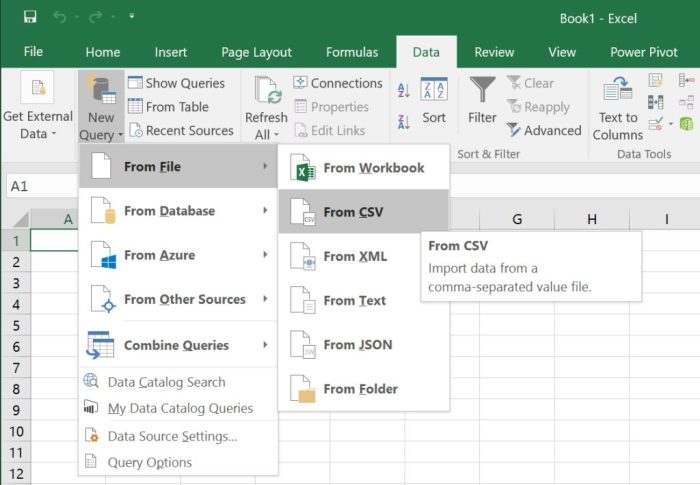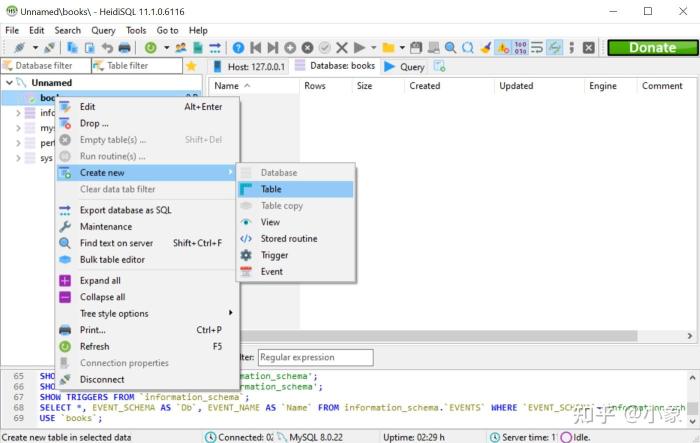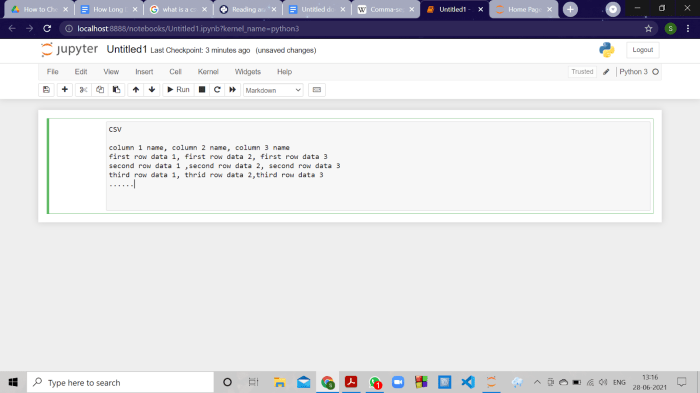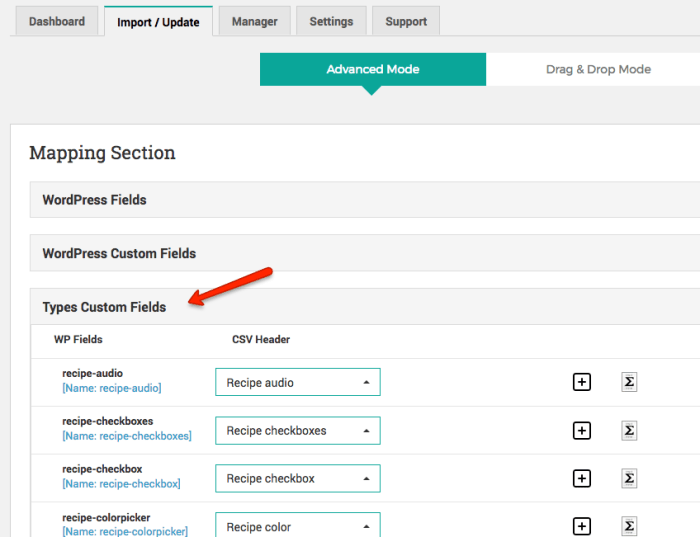Import data from the operating expenses csv file – Importing data from operating expenses CSV files is a crucial step in data analysis and financial management. This comprehensive guide delves into the intricacies of data extraction, validation, transformation, loading, and analysis, providing a thorough understanding of the entire process.
From extracting data from complex CSV files to ensuring its accuracy and transforming it into a usable format, this guide covers every aspect of data handling. It empowers readers with the knowledge and techniques to effectively utilize operating expenses data for informed decision-making and improved financial performance.
Data Extraction

The process of extracting data from an operating expenses CSV file involves several key steps:
- Identify the data source and format.
- Parse the data into a structured format, such as a table or list.
- Handle data types, including numeric, text, and dates.
- Validate the data for accuracy and completeness.
Data Formats
CSV (Comma-Separated Values) files are a common format for storing tabular data. Each line in a CSV file represents a record, and the fields within a record are separated by commas.
When extracting data from a CSV file, it is important to consider the data format and the specific requirements of the target system or database.
Programming Languages and Tools, Import data from the operating expenses csv file
Various programming languages and tools can be used for data extraction from CSV files. Python, for example, provides the `csv` module for reading and writing CSV files. R also has several packages for data manipulation, including the `readr` package for reading CSV files.
Data Validation
Data validation is a critical step in the data import process. It ensures that the data is accurate, complete, and consistent.
- Identify and correct errors or inconsistencies.
- Check for missing values and handle them appropriately.
- Verify that the data conforms to expected data types and formats.
- Apply data validation rules and procedures.
Data Validation Rules
Data validation rules are used to ensure that the data meets specific criteria. These rules can be based on business logic, data quality standards, or regulatory requirements.
For example, a data validation rule might require that all dates in a dataset are in the format “YYYY-MM-DD”.
Data Validation Procedures
Data validation procedures are used to implement data validation rules. These procedures can be manual or automated.
Manual data validation involves manually checking the data for errors or inconsistencies. Automated data validation involves using software tools to perform the validation.
Data Transformation

Data transformation is the process of converting data from one format or structure to another. This process is often necessary to prepare data for analysis or loading into a target system or database.
- Aggregate data to summarize or group data.
- Normalize data to ensure that data values are consistent and comparable.
- Format data to meet the requirements of the target system or database.
Data Aggregation
Data aggregation is the process of combining multiple data values into a single value. This process is often used to summarize data or to create higher-level insights.
For example, data aggregation can be used to calculate the total sales for a given product or the average sales for a given region.
Data Normalization
Data normalization is the process of converting data to a common format or scale. This process is often necessary to ensure that data values are consistent and comparable.
For example, data normalization can be used to convert currency values to a common unit of currency or to convert dates to a common date format.
Data Formatting
Data formatting is the process of converting data to a specific format or structure. This process is often necessary to meet the requirements of the target system or database.
For example, data formatting can be used to convert data to a specific character set or to convert data to a specific data type.
Data Loading

Data loading is the process of moving data from one system or database to another. This process is often necessary to populate a target system or database with data.
- Ensure data integrity during the loading process.
- Handle data types and formats to ensure compatibility with the target system or database.
- Use appropriate data loading techniques and tools.
Data Integrity
Data integrity refers to the accuracy and completeness of data. It is important to ensure data integrity during the data loading process to prevent errors or inconsistencies in the target system or database.
Data integrity can be maintained by using data validation techniques and by carefully handling data types and formats.
Data Loading Techniques
There are various data loading techniques that can be used to move data from one system or database to another. These techniques include:
- Bulk loading
- Incremental loading
- Real-time loading
Data Loading Tools
Various data loading tools can be used to automate the data loading process. These tools include:
- ETL (Extract, Transform, Load) tools
- Data integration tools
- Database management systems
Data Analysis

Data analysis is the process of examining data to identify trends, patterns, and insights. This process is often used to make informed decisions or to develop strategies.
- Identify trends and patterns in the data.
- Generate insights and recommendations based on the analysis.
- Use data visualization techniques to present the results of the analysis.
Data Visualization Techniques
Data visualization techniques are used to represent data in a visual format. This process can help to make the data easier to understand and to identify trends and patterns.
Common data visualization techniques include:
- Charts
- Graphs
- Dashboards
Data Analysis Tools
Various data analysis tools can be used to perform data analysis. These tools include:
- Statistical software
- Data mining tools
- Machine learning tools
User Queries: Import Data From The Operating Expenses Csv File
What are the common challenges in extracting data from CSV files?
Inconsistent data formats, missing values, and incorrect data types can pose challenges during data extraction.
How can data validation ensure the accuracy of imported data?
Data validation involves applying rules and checks to identify and correct errors, ensuring the reliability of the imported data.
What techniques are used for transforming data to meet specific requirements?
Data transformation involves techniques such as aggregation, normalization, and formatting to convert data into a usable format for analysis and reporting.